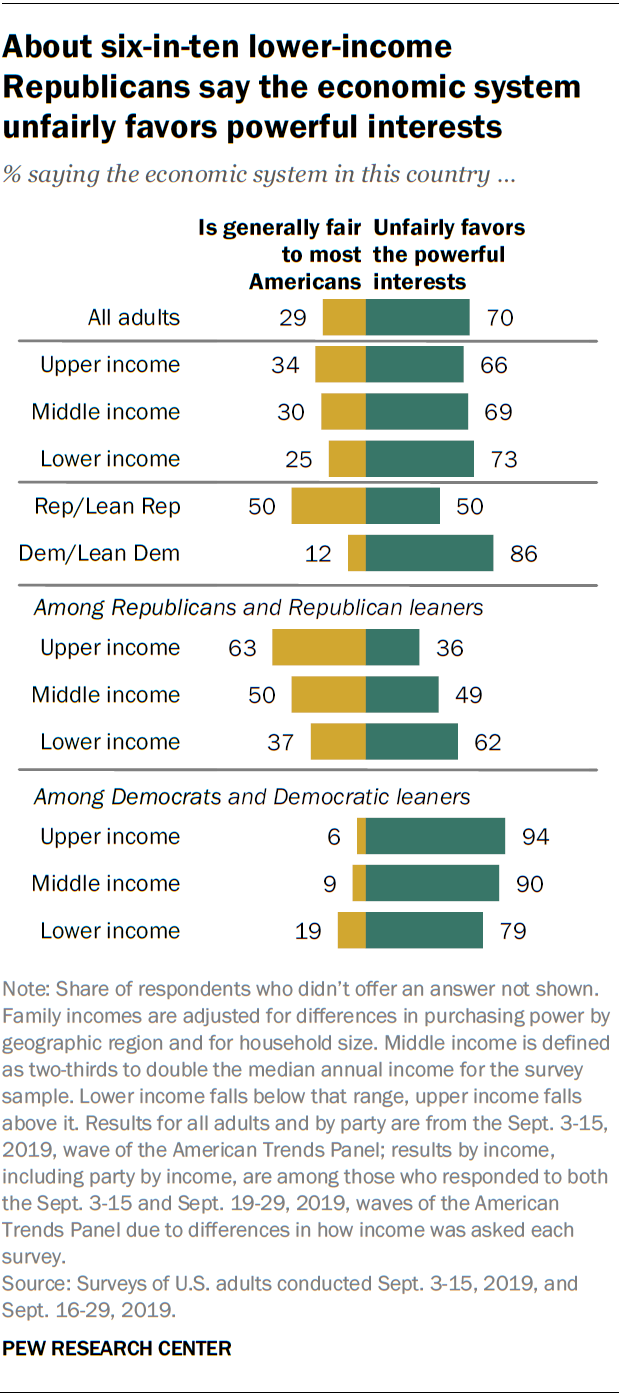What an Elizabeth Warren Presidency Would Look Like
Elizabeth Warren’s ambitions for the presidency are not small. Warren proposes to rewrite the rules of the economy by
reining in capital,
empowering labor and significantly
expanding the welfare state.
To understand how Warren would create big structural changes as president, it’s helpful to look at how she has made change in the past.
THE STANDARD ADVICE TO FRESHMEN SENATORS IS THIS: Keep a low profile and suck up to your senior colleagues. As a newly elected senator in 2013, Elizabeth Warren did neither.
Instead, Warren used her perch on the Senate Banking Committee to excoriate ineffectual regulators, duplicitous CEOs, profiteering student lenders and other financial industry ne’er-dowells (interrogations made famous in
videos that went viral). She publicly clashed with establishment Democrats such as Sens. Max Baucus (Mont.) and Joe Manchin (W.V.). She even took on President Barack Obama, leading the fight against several administration priorities, including the Trans-Pacific Partnership trade deal and a pharmaceutical bill she described as “a bunch of special giveaways” to Big Pharma. Warren succeeded in
getting under Obama’s skin to such an extent that he took the rare step of criticizing her repeatedly by name.
Progressive strategist and Warren supporter Murshed Zaheed says Warren was able to buck the Democratic establishment because she “came to the Senate with a movement behind her.”
Read the full article at “
In These Times.”
What a Bernie Sanders Presidency Would Look Like
Sanders’ proposals go beyond piecemeal liberal solutions by targeting the unjust economic system that fuels climate change and pushing an agenda that simultaneously empowers workers and saves the planet. This agenda would help millions of workers join unions, give workers an ownership stake in major corporations, provide universal healthcare and tuition-free higher education, build millions of affordable homes and protect (rather than target) immigrants.
Though President Sanders could execute parts of this agenda on his own, much of it would require Congress. How could it pass, given Republican extremism and likely pushback from even a Democrat-controlled House and Senate? The question poses a serious problem for any program that meets our challenge. And it is one Sanders is uniquely positioned to solve.
Sanders understands that change at this scale will require mass movements to pressure Congress and every level of government—and to change their composition. Americans isolated and atomized by cutthroat capitalism must engage in massive collective action. His political program isn’t just about policy, then, but about the capacity of ordinary people to participate in democracy.
Read the full article at “
In These Times.”
 This message is likely to resonate with many Americans. Seven-in-ten U.S. adults say the economic system in their country unfairly favors powerful interests, compared with less than a third who say the system is generally fair to most Americans. Wide majorities of Americans also say politicians, large corporations and people who are wealthy have too much power and influence in today’s economy.
This message is likely to resonate with many Americans. Seven-in-ten U.S. adults say the economic system in their country unfairly favors powerful interests, compared with less than a third who say the system is generally fair to most Americans. Wide majorities of Americans also say politicians, large corporations and people who are wealthy have too much power and influence in today’s economy.
